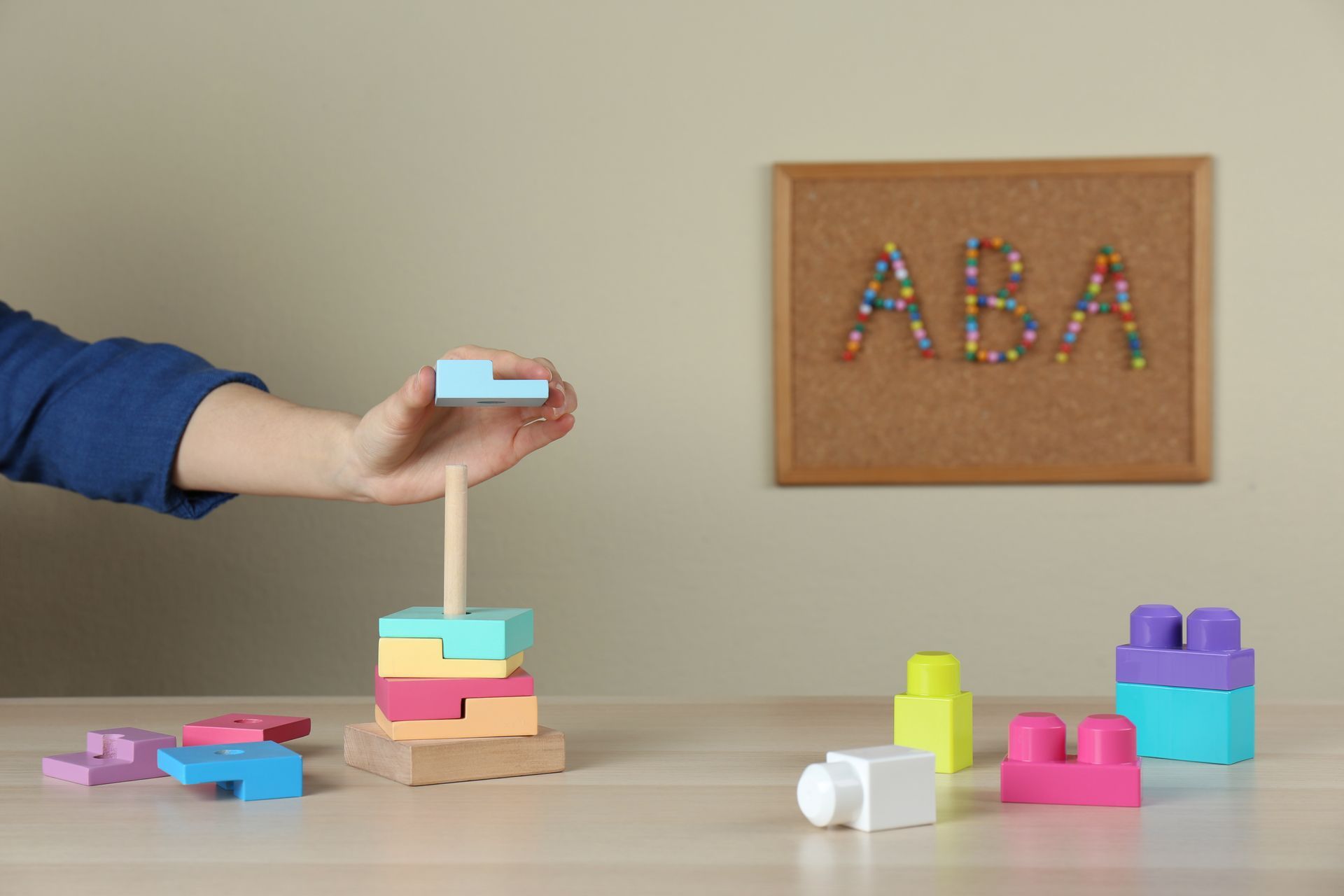Exploring Discrete Trial Training in ABA Therapy
Recognizing and responding to the needs of children with autism requires thoughtful expert techniques. One method that stands out is discrete trial training (DTT). This applied behavior analysis (ABA) therapy technique breaks down skills into manageable parts, helping children learn concepts and actions more effectively.
By focusing on one skill at a time, this targeted approach supports developmental progress and fosters growth and learning. Let’s explore discrete trial training’s role in ABA therapy and how it can benefit your child.
What Is Discrete Trial Training?
Discrete trial training teaches specific skills through focused, repetitive practice referred to as trials. It’s designed to reinforce learning and build mastery over time.
These trials allow for continuous reinforcement and gradual mastery of the skill. This ensures that the child gains confidence and competence in the new behavior.
Each trial consists of three main components:
1. The Antecedent
The antecedent is a specific instruction or cue given to the child, setting the stage for the desired behavior. This can include verbal instructions, visual prompts, or gestures to encourage communication.
2. The Behavior
The behavior is the child’s response to the instruction. It’s observed and recorded to determine if the child demonstrates the desired skill correctly. This step encourages the child to engage in the targeted behavior or skill.
3. The Consequence
The consequence is reinforcement or feedback following the child’s response. It aims to increase the likelihood of repeating the behavior. Provide positive reinforcement, such as praise, tokens, or preferred activities, the child gives the correct response.

Benefits of Discrete Trial Training
Discrete trial training offers several advantages for children with autism. Below, we will explore the key benefits associated with DTT, emphasizing how this method can provide children with lasting positive outcomes.
1. Structured Learning
One major advantage of DTT is its structured nature. With tasks broken into small parts, children can focus on each step individually rather than feeling overwhelmed by a complete task. This structure is particularly beneficial for children who thrive on routine and repetition.
2. Clear Reinforcement
Incorporated within each trial, the consequence provides immediate feedback to the child. Whether it’s positive reinforcement for a correct response or constructive guidance for an incorrect result, feedback helps enhance learning.
3. Measurable Progress
Every trial in DTT is an opportunity to observe, record, and adjust the teaching method based on the child’s responses. This allows for precise tracking of progress and tailoring of the teaching methods to better suit the child’s pace and learning style.
How To Implement Discrete Trial Training
Change doesn’t happen overnight. Implementing DTT requires careful planning and consistency. Read the following steps to effectively incorporate this ABA therapy method.
Step 1: Identify Target Skills
Begin by selecting the skills or behaviors you wish to teach the child. These could range from simple actions like eye contact to more complex tasks like solving puzzles. Consider the child’s individual needs and interests to customize the DTT approach.
Step 2: Break Down Tasks
Dissect each skill into smaller, manageable tasks. For instance, if you’re teaching color recognition, the tasks might include identifying, naming, and matching colors. Creating small tasks makes learning more systematic and less overwhelming for students.
Step 3: Create a Reinforcement System
The child’s team will develop a reinforcement system tailored to their preferences. It could be verbal praise, a treat, a toy, or a small reward like a sticker. Consistent reinforcement motivates the child to engage and learn. Over time, the skill, action, or behavior will come naturally, so a reward isn’t necessary!
Step 4: Conduct Trials
Conducting the trials in a quiet, distraction-free environment is essential to ensure ample concentration from the child and teacher. Provide them with clear, concise instructions. Maintain a neutral, encouraging tone to keep the learner focused on the task.
If necessary, repeat the trials until the child consistently performs the task correctly. This approach will communicate to the child a clear understanding of what the teacher expects them to accomplish.
Step 5: Monitor and Adjust
Education is a continuous journey, and every child learns differently. The ABA team will monitor their progress to ensure the child grasps the material thoroughly. If a task proves challenging, consider adjusting the teaching method to better suit their learning style or further breaking down the task into more manageable steps.
How Parents Can Help Children at Home
Parents play a pivotal role in reinforcing the skills learned through discrete trial training at home. You can enhance your child’s progress by consistently practicing and creating a supportive learning environment. Here are a few strategies parents and caregivers can adopt at home.
Establish Routine Practice
Creating a consistent daily routine that includes DTT activities can reinforce learning as well as make the child feel calm and stable. Routine practice aids in the retention of skills and establishes a predictable environment that many children with autism find comforting.
Leverage Positive Reinforcement
Use positive reinforcement to motivate and encourage your child to learn new skills or behaviors. Recognize and reward efforts and achievements, no matter how small, with immediate, meaningful reinforcement. Positive reinforcement can be in the form of verbal praise, high-fives, or small rewards tailored to the child’s preferences.
Collaborate With Therapists
Maintaining open communication with your child’s ABA therapists is essential. Regularly discussing progress, challenges, and strategies can provide consistent support. This collaborative approach ensures that efforts at home align with those in therapy while finding techniques that work best for the child.
Use Everyday Opportunities To Learn
Incorporate DTT principles into everyday activities to facilitate generalization. Whether it’s naming items during shopping or practicing social skills during family gatherings, integrating learning into natural settings helps the child apply skills in diverse contexts.
Monitor and Encourage Progress
Keep track of your child’s responses and progress during at-home sessions. Ongoing assessments allow timely adjustments and provide insights into the most effective teaching strategies. Celebrate milestones to boost the child’s confidence and parent-child bond.
By actively participating in your child’s DTT process at home, parents contribute to mastering new skills, helping their children gain confidence, and improving the child’s ability to navigate everyday challenges.
Partner With HANDS Center
Exploring discrete trial training in ABA therapy highlights the potential for children with autism to achieve remarkable progress. DTT creates an environment where learning thrives by breaking down tasks, providing consistent reinforcement, and addressing challenges.
Partnering with the team at HANDS Center offers families access to expert guidance and support. Our dedicated team provides personalized ABA therapy solutions that cater to each child’s needs.






